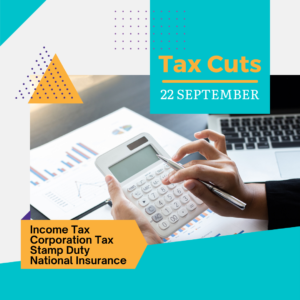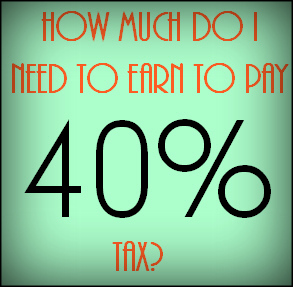 In the current political turmoil there were always going to be more changes coming after the mini budget and the sacking of ex-Chancellor Kwasi Kwarteng last week.
In the current political turmoil there were always going to be more changes coming after the mini budget and the sacking of ex-Chancellor Kwasi Kwarteng last week.
With Jeremy Hunt’s appointment as the new Chancellor it seemed imperative to make some changes that settled the financial markets and these came swiftly after his appointment, instead of on 31st October as previously promised.
The main change that affects the information that this website provides is the reversal of the 1% drop in the lower rate of income tax that was due to come into effect in April next year.
The lower rate was due to drop from 20% to 19% for earnings over the personal allowance of £12,570 and below £50,270, but this has now been scrapped and the lower rate will remain at 20% for the foreseeable future.
The scrapping of the higher rate of 45% had already been almost immediately reversed and so that will also now stay the same as before.
The scrapping of the increase in National Insurance payments does remain however so that is one thing left from the mini budget.
We will be keeping a check on any further announcements to see if more tax changes are in store.

 The Chancellor of the Exchequer, Kwasi Kwarteng, announced today (23rd September 2022) that there would be changes to tax rates from April 2023. The September 2022 tax changes were:
The Chancellor of the Exchequer, Kwasi Kwarteng, announced today (23rd September 2022) that there would be changes to tax rates from April 2023. The September 2022 tax changes were:  As we start a new tax year in 2022/23 we are often faced with new tax and personal allowance rates which might mean that we have more take home pay. However, this year, there are not many changes to tax rates and no change to the personal allowance which remains at £12,570.
As we start a new tax year in 2022/23 we are often faced with new tax and personal allowance rates which might mean that we have more take home pay. However, this year, there are not many changes to tax rates and no change to the personal allowance which remains at £12,570. Currently the higher rate of tax for those who earn a certain amount stands at 40%. So you may wonder how much do I need to earn to pay 40% tax?
Currently the higher rate of tax for those who earn a certain amount stands at 40%. So you may wonder how much do I need to earn to pay 40% tax?